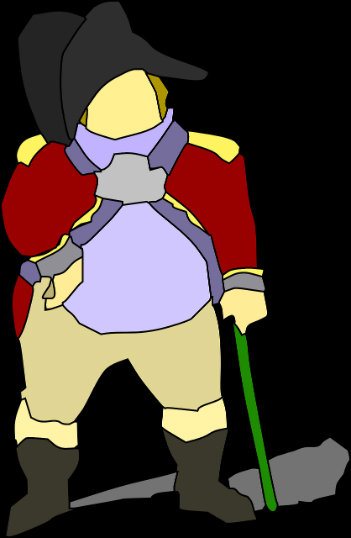Who Was Lafayette?
Marie-Joseph-Paul-Roch-Gilbert-Motier-Lafayette, often referred to as the Marquis de Lafayette, or simply “Lafayette”, became well-known for his military expertise and humanitarian efforts. Most people recognize his name. However, most people cannot give details of his military service in America and France or other pertinent details of his life.
Learn important details about the life of the Marquis de Lafayette and his service as an invaluable link between America and France.
Marquis de Lafayette: Early Life
Born into a prominent family, Marie-Joseph-Paul-Roch-Gilbert-Motier-Lafayette lost both his parents at the age of thirteen. After inheriting large estates and regular annual income, he became one of the wealthiest men in all of France.
His military career began early and by the age of just 16, Lafayette served as a second lieutenant. The Jefferson Monticello points out that his early military life eventually led him to international fame. When he was only 19, he set sail for America to help Americans fight the British in the American Revolution.
Service In The Continental Army
Lafayette became forever committed to serving in the Continental Army after learning about the creation of the army by the colonists and their reasoning for it while attending a dinner with the Duke of Gloucester. According to Mount Vernon Ladies’ Association, he later wrote in his memoirs that his heart was enlisted. He became committed to the cause of the revolutionary colonists dedicated to ruling themselves.
He ignored an order from King Louis XVI that instructed him to stay in France, leaving for America at the age of 19. He gained wide respect early on after arriving, particularly upon initially offering his services in the Continental Army without pay.
It did not take long for leaders of the Continental Army to recognize the many talents of the Marquis to the cause of the revolutionaries. After receiving a commission, he joined the camp of General George Washington at Brandywine Creek. The two men quickly became close friends with Washington instructing surgeons to care for the Marquis as if it were his son after he was shot in the leg during battle. The National Park Service provides a clear description of the relationship between George Washington and Lafayette, stating that the Marquis pledged his undying allegiance to General George Washington.
Moving Up The Ranks
Washington placed Lafayette in a command position of troops as Major General. In 1779, he asked for and received permission to return to France. After receiving the disappointing news that the French promoted Count Rochambeau as head of the French Army over him, he returned to fight with the Continental Army, with support from France.
The Marquis successfully prevented Richmond from falling to the British, fought valiantly during all his service and participated in the successful siege of Yorktown in 1781. The Marquis successfully obtained Cornwallis’ surrender.
It has been explained that he commanded the Continental Army in the Virginia Campaign and was instrumental in the defeat of British General Cornwallis and the victory at Yorktown.
He returned to France to serve his own country. On July 15, 1789, Lafayette became the colonel-general of the  National Guard of Paris by acclamation.
National Guard of Paris by acclamation.
An Advocate For Human Rights
While many people know of the military life of Lafayette, few likely know of his steadfast service as a human rights advocate. He openly advocated for the abolishment of slavery in America. After returning to France, he endured a five-year prison sentence for refusing to support escalating violence during the Reign of Terror. Many of his friends and those of his wife suffered their demise at the guillotine.
Lafayette advocated for restoration of civil rights to French Protestants, participated in and supported several other humanitarian and philanthropic causes. He died in Paris France in 1834.







